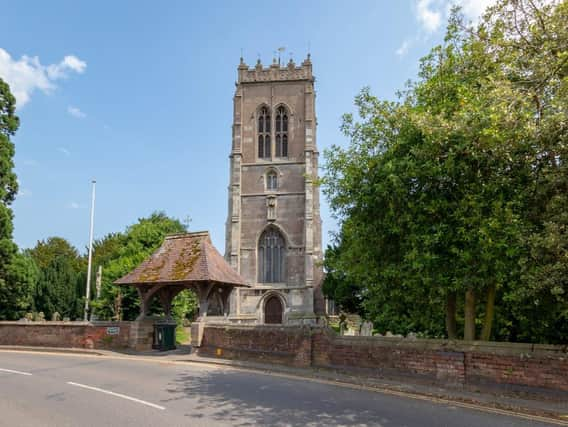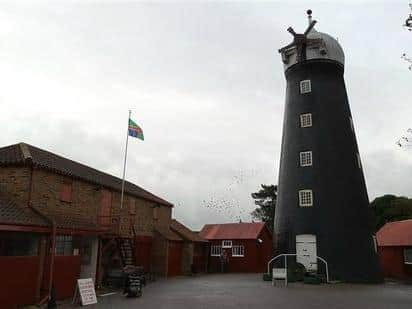Fancy being Lord of the Manor at Burgh le Marsh? 'Not me' says Mayor


Lordships of the Manor titles are ancient properties which can be purchased by anyone and Burgh le Marsh is a title which dates back to the Saxon Earl, Edwin.
Among its famous owners tare Peter of Savoy, friend of Simon de Montfort, Earl of Leicester and Henry III.
Advertisement
Advertisement
For over 400 years it belonged to the Barons Willoughby de Eresby.


Offers to Manorial Services are sought in the region of £8,500 for this title.
However Mayor of Burgh le Marsh Coun Neil Cooper will not be putting in a bid. Coun Cooper says it is extremely important to keep historic tradition alive but his position in the town is more than a title.
"It's nice to know there is a title," he said. "We have a market charter and we are a town.
Advertisement
Advertisement
"However, I've been Mayor for about 10 years now and it has never been about the title but making the town a better place.
"It's not about glorifying you and if you look at the changes in the town over that period people will see that. For instance we bought Tinkers Green for £1 from East Lindsey and have done a lot of work there to make it a recreation area as well as location of the new library and council offices.
"But I wish luck to anyone who goes for the title because it is important to keep these traditions alive."
Under the laws of real property in England, Wales, Northern Ireland, and the Irish Republic, Lordships of the manor are known as ‘estates in land’ and in Courts, where they may crop up in cases to do with real property, they are often simply called ‘land’.
Advertisement
Advertisement
Manors cover an immutable area of land and may include rights over and under that land, such as rights to exploit minerals under the soil, manorial waste, commons and greens. However, there is no value in owning mineral rights if there are no
commercially exploitable minerals, such as granite or aggregate
The average price of a Manor was about £300 in 1955; about £600 in 1976; about
£2,500 in 1981; about £10,000 in 1989; about £7,000 in 1992, during the last recession; about £12,000 in 1998, and about £7,000 now.
History of Burgh le Marsh
Advertisement
Advertisement
Burgh's history goes back to Roman times and beyond. Many coins and examples of pottery from the era have been found, how many more are still to be unearthed? In the early days, Burgh was just marsh land. Using drains and ditches the land was drained and the rising ground on which the town stands would have been considered a 'safe place' hence the name Burgh-in-the-Marsh. Later the name was changed to Burgh le Marsh because of French and Norman influences.
Cock Hill Not far from the church is a Saxon burial mound, the tumulus was excavated in 1933 by students from the Burgh Theological College, where Saxon burial remains were found. There is a dip in the top of the mound where it is said that cock fighting used to take place, to this day it is known as Cock Hill.
One of Burgh's most famous landmarks is the 14th century church of St. Peter and St. Paul.
Another is Dobson's windmill, built around 1813, which lost its sails in Storm Ciara in 1920.
Anyone interested in bidding for the Lord of the Manor title can download the catalogue for £5 from manorialservices.com.